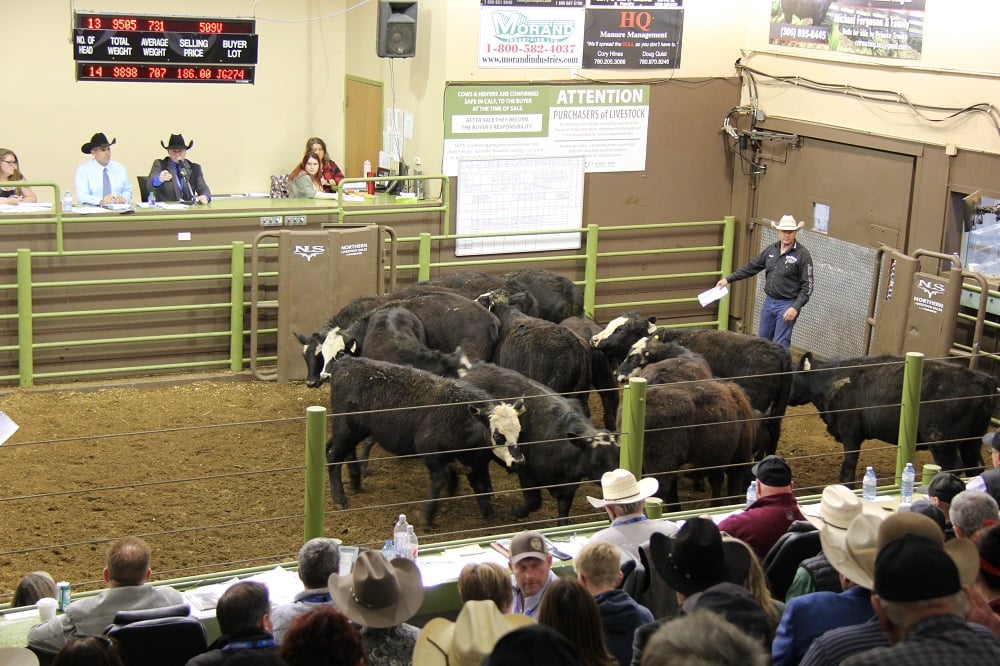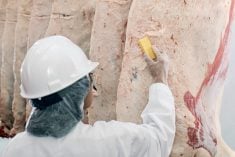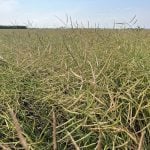As beef producers in Western Canada know only too well, opening a new beef processing plant is the easy part. Running it at an eventual profit is an entirely different matter. Maybe the producers who invested in the ill-fated Rancher’s Beef plant in Balzac, Alta., should talk with the producers who are investing in two new beef plants in the U.S.
Rancher’s Beef was the brainchild of 13 Alberta cattle feeders who put an initial $40 million into the plant. The plant opened in mid-2006 but it closed only 13 months later after getting into financial difficulties. I don’t know the details but I suspect they underestimated the amount of working capital required to operate a plant and endure substantial startup losses.
Read Also

Cattle Market Summary
Break-evens, cow and calf prices, plus market summaries courtesy of Canfax and Beef Farmers of Ontario. Cost of Production October…
The same challenges and more face the two new beef companies in the U.S. The latest to unveil plans is Cattlemen’s Heritage, which plans to build a US$325 million beef-processing plant in southwest Iowa that will process 1,500 head per day or 400,000 head per year. Construction is set to begin next spring. The plant is expected to employ 750 people when it begins operating in late 2023. The company thus joined Sustainable Beef (mentioned in my May column), which intends to build a 1,500-head-per-day plant in North Platte, Neb.
The goal of Cattlemen’s Heritage is to help young farmers get started in the cattle business and it will focus on buying cattle from small, family-owned operations, it says. This is laudable. But it begs several questions that also apply to the proposed Sustainable Beef plant. The first is: Where do these plants expect to get enough workers to fully operate their plants? Lack of labour, not processing capacity, is what currently bedevils the U.S. beef processing industry, and probably the Canadian industry as well.
A labour shortage has been growing in the North American meat-processing industry for several years and the COVID-19 pandemic only exacerbated the shortage. Workers left their jobs and despite packers raising starting wages to US$22 per hour and offering signing bonuses and even free college tuition for workers’ children (as JBS USA has done), many workers decided not to return to their old jobs. The result is that many beef, pork and poultry plants are running 10 per cent to 15 per cent below capacity, as Tyson Foods disclosed in May.
My second question relates to supply. Live cattle numbers currently remain at a slightly elevated level. The June 1 cattle-on-feed total was up only 0.2 per cent on a year ago. But it was the second-largest June 1 number in USDA’s data series. That will change mainly because of widespread drought through the western U.S. By the time new plants come on stream, the available fed cattle supply might be one million head fewer than today because of herd liquidation this year and in 2022 and 2023. As much as the new plants hope small cattle feeders will support them, the reality is that existing players, national or regional, will do their utmost to outbid them for the best cattle.
My third question relates to beef marketing. Nowhere did I see any mention by the two newly formed companies of what kind of beef products they intend to produce and how they might differentiate themselves from the beef produced weekly by existing players. These players still produce largely commodity beef. But they also have dozens of specialty, branded beef programs that are well-established. How will the new firms compete with that and in the commodity beef market? I wish them luck but they’ll need more than luck.
















